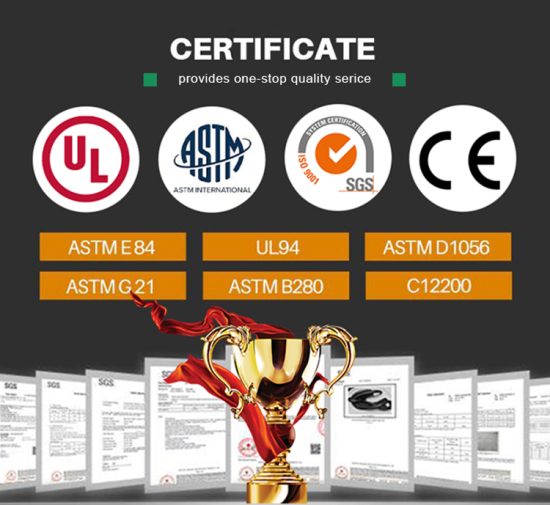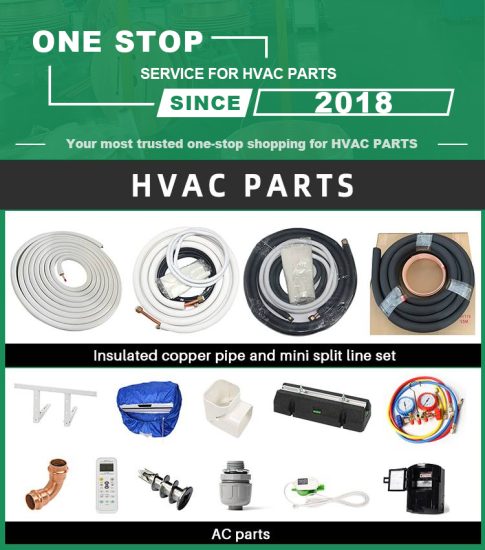Rubber seals, often made from materials like EPDM, silicone, or neoprene, offer several benefits in various applications due to their unique properties. Here are some of the advantages of using rubber seals:
- Effective Sealing: Rubber seals provide an effective barrier against the passage of gases, liquids, and dust. They create a tight, leak-proof seal, ensuring that fluids or contaminants don’t pass through.
- Resilience: Rubber seals are highly resilient and can maintain their sealing properties even in extreme conditions. They can withstand temperature variations, exposure to UV radiation, and harsh chemicals.
- Flexibility: Rubber seals are flexible and can conform to irregular shapes, making them suitable for sealing applications in various industries, from automotive to construction.
- Dampening Vibrations: Rubber seals can absorb and dampen vibrations, which is crucial in applications where mechanical vibrations could damage equipment or compromise the seal.
- Sound Insulation: Rubber seals can provide acoustic insulation by reducing the transmission of sound, which is beneficial in industrial machinery, vehicles, and building applications.
- Electrical Insulation: Some rubber materials are electrically insulating, making them suitable for applications where electrical components need to be protected from moisture or other environmental factors.
- Chemical Resistance: Depending on the specific rubber material, seals can offer good resistance to a wide range of chemicals, oils, and solvents, making them suitable for applications in the chemical industry.
- UV and Weather Resistance: Rubber seals can withstand exposure to sunlight and other environmental factors, making them ideal for outdoor applications, such as window seals, gaskets, and automotive weatherstripping.
- Longevity: Rubber seals can have a long service life when properly maintained and used in their intended applications, reducing the need for frequent replacements.
- Low Maintenance: Rubber seals are relatively low maintenance and don’t require frequent lubrication or adjustments once installed.
- Cost-Effective: Rubber seals are often cost-effective solutions for sealing and insulation applications, especially when considering their durability and long-term performance.
- Elastic Memory: Rubber has elastic memory, meaning it can return to its original shape after deformation, ensuring a reliable and consistent seal over time.
- Non-Toxic: Many rubber materials are non-toxic and safe for use in applications where they may come into contact with food or potable water.
Overall, rubber seals are versatile components that find applications in a wide range of industries due to their ability to create effective seals, withstand various environmental conditions, and offer sound and vibration dampening properties.
Rubber seals come in a variety of packaging methods depending on the manufacturer, the type of rubber seal, and the intended use. Common packaging methods for rubber seals include:
- Bulk Packaging: Rubber seals are often supplied in bulk quantities. They may be bundled together in plastic bags, cardboard boxes, or large containers. Bulk packaging is suitable for businesses and industries that use rubber seals in high quantities and have the means to sort and handle them as needed.
- Cut Lengths: Some rubber seals are supplied in pre-cut lengths, which can be convenient for customers who need specific dimensions. These cut lengths may be packaged in plastic bags or sealed sleeves to protect them from environmental factors.
- Reels or Spools: For rubber seals that are used in continuous processes or require long lengths, they can be packaged on reels or spools. This type of packaging allows for easy unwinding and cutting to the desired length during installation.
- Tape or Strip Rolls: Rubber seals, especially those used for gaskets or weatherstripping, may be packaged in rolls or strips with adhesive backing. This packaging method allows for easy application and can be cut to the required length during installation.
- Custom Packaging: Depending on the manufacturer and customer requirements, rubber seals can be custom-packaged. This may include custom bagging, labeling, and branding for specific applications.
- Kits: Rubber seals used in DIY or specific applications can be packaged in kits that include all the necessary components for installation. For example, door seal kits for cars often include rubber seals, adhesive, and instructions.
- Pouches or Blister Packs: Smaller rubber seals or seal kits may be packaged in pouches or blister packs. This type of packaging is common for consumer-oriented products, such as home improvement weatherstripping kits.
- Re-sealable Bags: Rubber seals may be packaged in re-sealable bags to allow easy access while keeping the remaining seals protected from contaminants and environmental factors.
- Boxed Sets: In some cases, rubber seals are packaged in boxed sets, which may include various sizes or types of seals in a single package. This can be convenient for customers who need a range of seals for different applications.
- Custom-Designed Packaging: Some industries and applications require custom-designed packaging to meet specific requirements, such as medical-grade packaging for rubber seals used in healthcare.
The choice of packaging method depends on the nature of the rubber seals, the specific application, and the preferences of the manufacturer and end-users. Regardless of the packaging method, it is important to store rubber seals properly to prevent damage or deterioration, such as keeping them in a cool, dry place and protecting them from direct sunlight and extreme temperatures.
Rubber seals offer several advantages across a wide range of applications due to their unique properties. These advantages make them a popular choice for sealing and insulating purposes. Some of the key advantages of rubber seals include:
- Effective Sealing: Rubber seals create a reliable and effective barrier against the passage of gases, liquids, and dust. They are known for their ability to form a tight, leak-proof seal, preventing leaks and contamination.
- Flexibility: Rubber seals are highly flexible and can conform to irregular shapes and surfaces, making them suitable for sealing applications where there are variations in dimensions.
- Resilience: Rubber seals exhibit excellent resilience and can return to their original shape after compression, maintaining their sealing properties even after repeated use.
- Temperature Resistance: Many rubber materials can withstand a wide range of temperatures, making them suitable for both high and low-temperature applications. They remain flexible and effective even in extreme conditions.
- Chemical Resistance: Depending on the specific rubber material, seals can offer resistance to a variety of chemicals, oils, and solvents, making them suitable for applications in the chemical industry.
- Weather and UV Resistance: Rubber seals are often resistant to weathering and UV radiation, making them ideal for outdoor applications, such as automotive weatherstripping and window seals.
- Sound and Vibration Damping: Rubber seals can absorb and dampen vibrations, reducing the transmission of noise and preventing damage from mechanical vibrations in various applications.
- Electrical Insulation: Some rubber materials have excellent electrical insulating properties, which are essential for applications where electrical components need to be protected from moisture and environmental factors.
- Durability: When properly maintained and used in their intended applications, rubber seals have a long service life, reducing the need for frequent replacements.
- Low Maintenance: Rubber seals typically require minimal maintenance, as they do not need frequent lubrication or adjustment once installed.
- Elastic Memory: Rubber has elastic memory, allowing it to return to its original shape after deformation, ensuring a reliable and consistent seal over time.
- Non-Toxic: Many rubber materials are non-toxic and safe for use in applications where they may come into contact with food, water, or sensitive environments.
- Cost-Effective: Rubber seals are often cost-effective solutions for sealing and insulation applications, especially when considering their durability and long-term performance.
- Customizability: Rubber seals can be tailored to specific shapes, sizes, and designs, making them versatile for a wide range of applications.
- Healthcare Applications: Rubber seals are used in healthcare and medical devices, where their biocompatibility, flexibility, and sealing properties are crucial.
- Environmental Seals: Rubber seals are used in environmental and industrial applications to prevent the leakage of hazardous materials, protecting both people and the environment.
Overall, the advantages of rubber seals make them a versatile and dependable choice for sealing, insulating, and protecting various products and systems in industries ranging from automotive and construction to electronics and healthcare.



-502x550.jpg)











